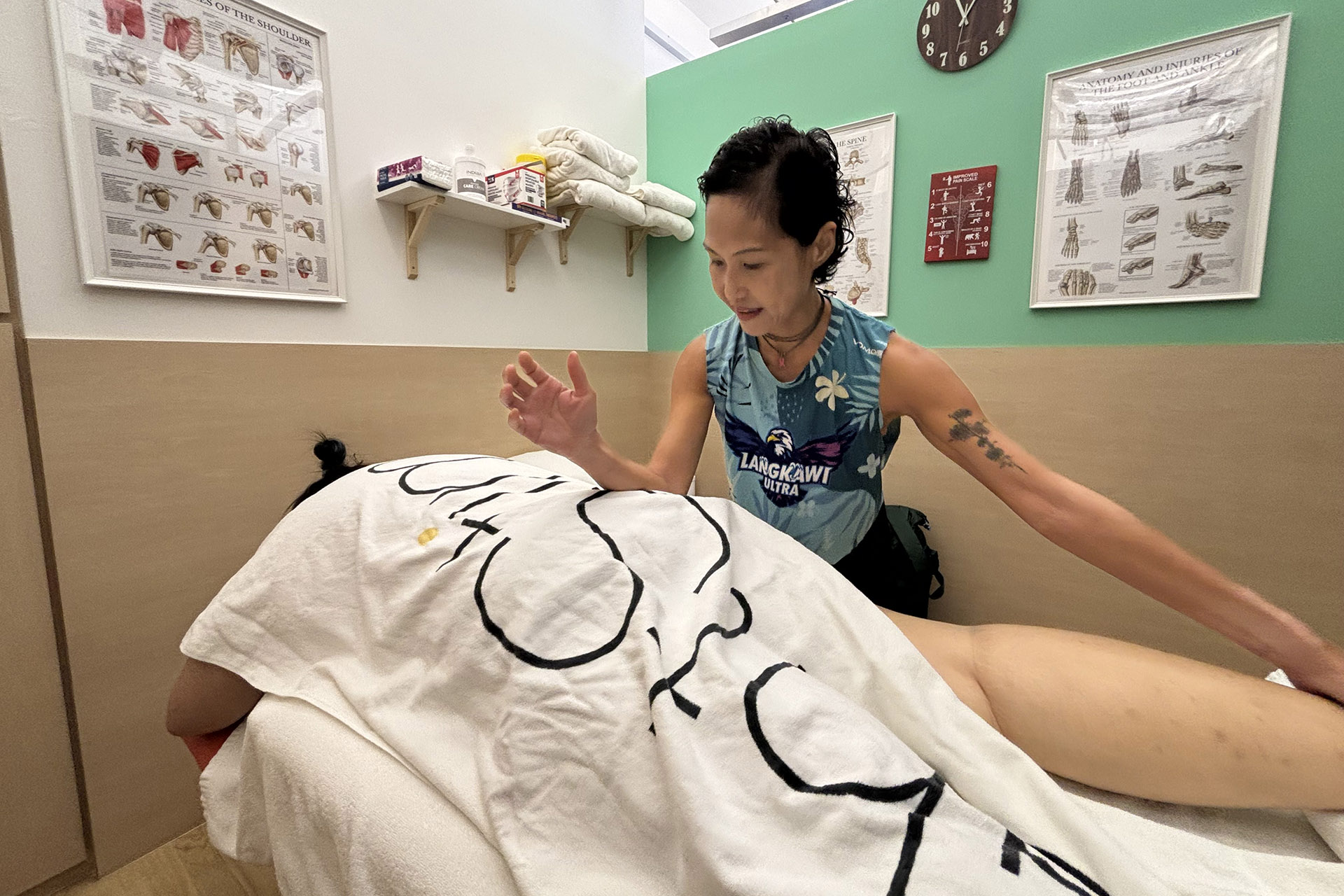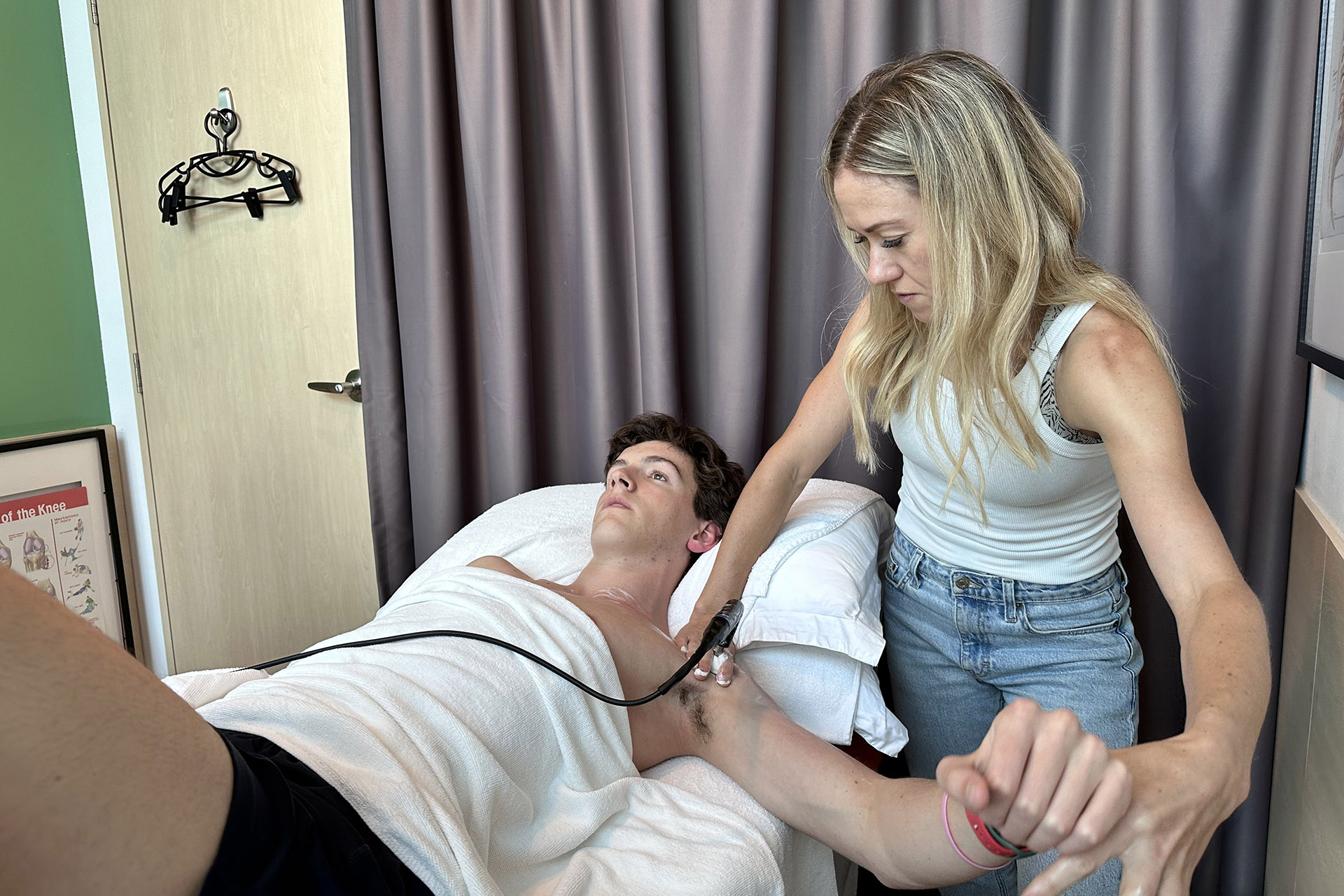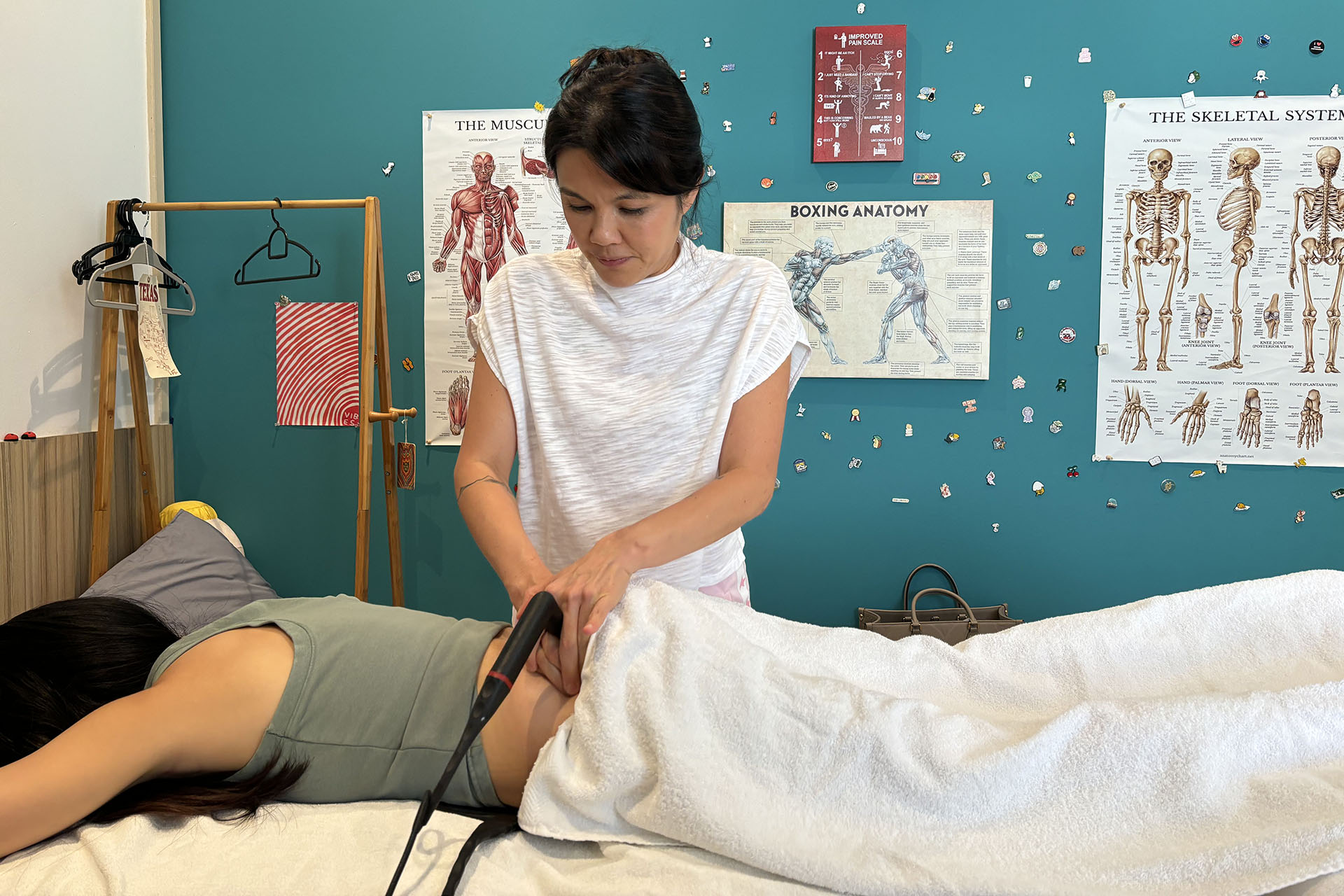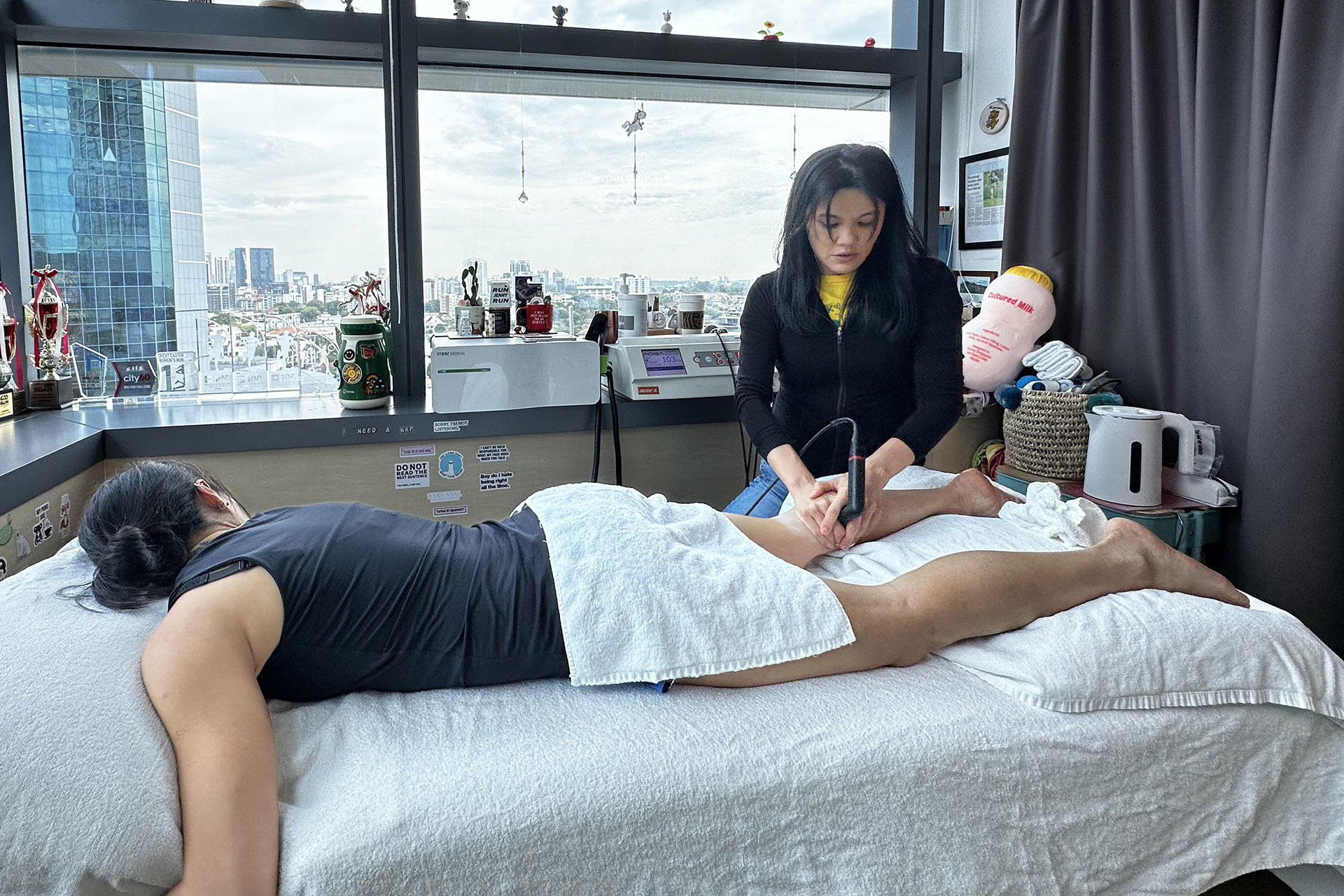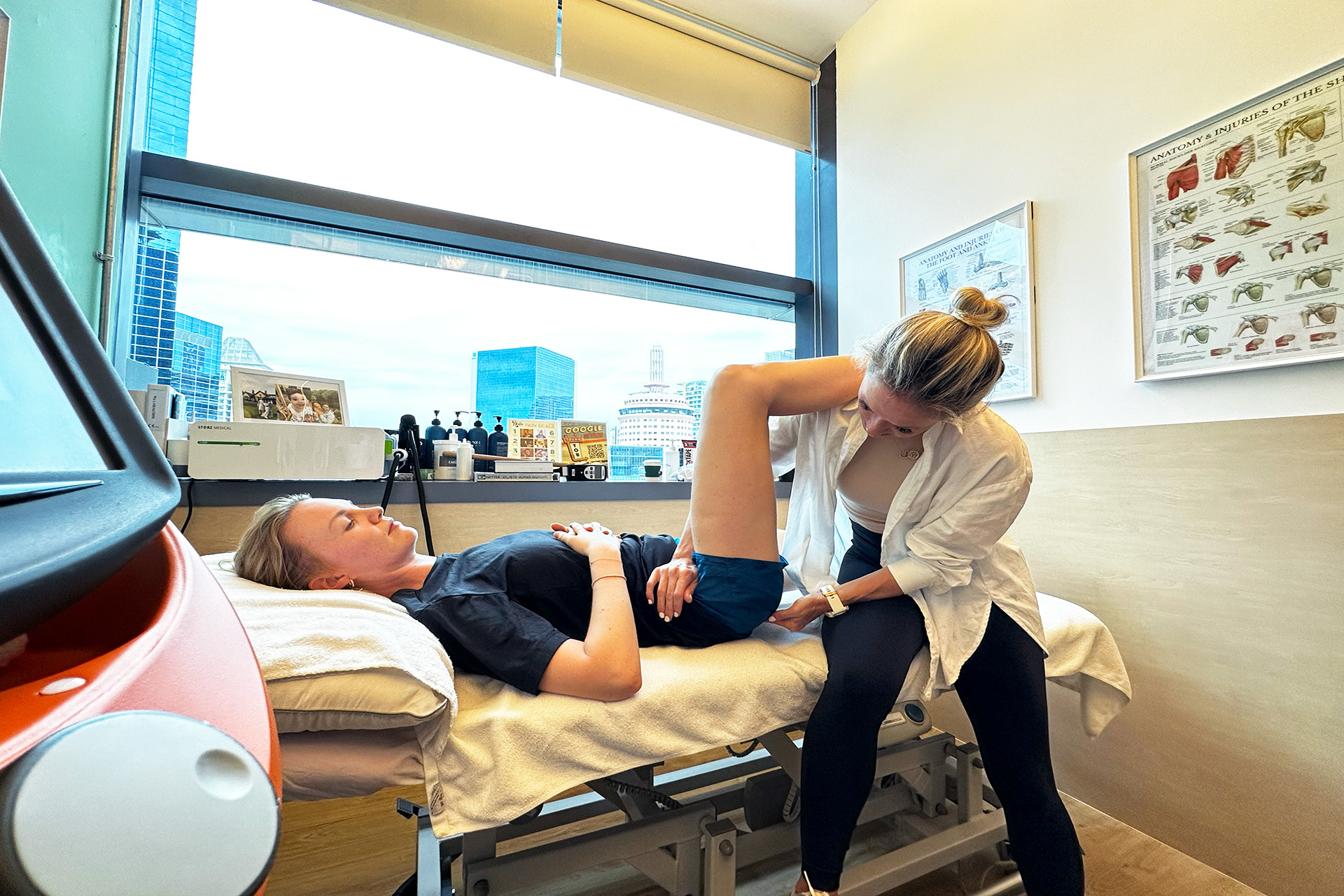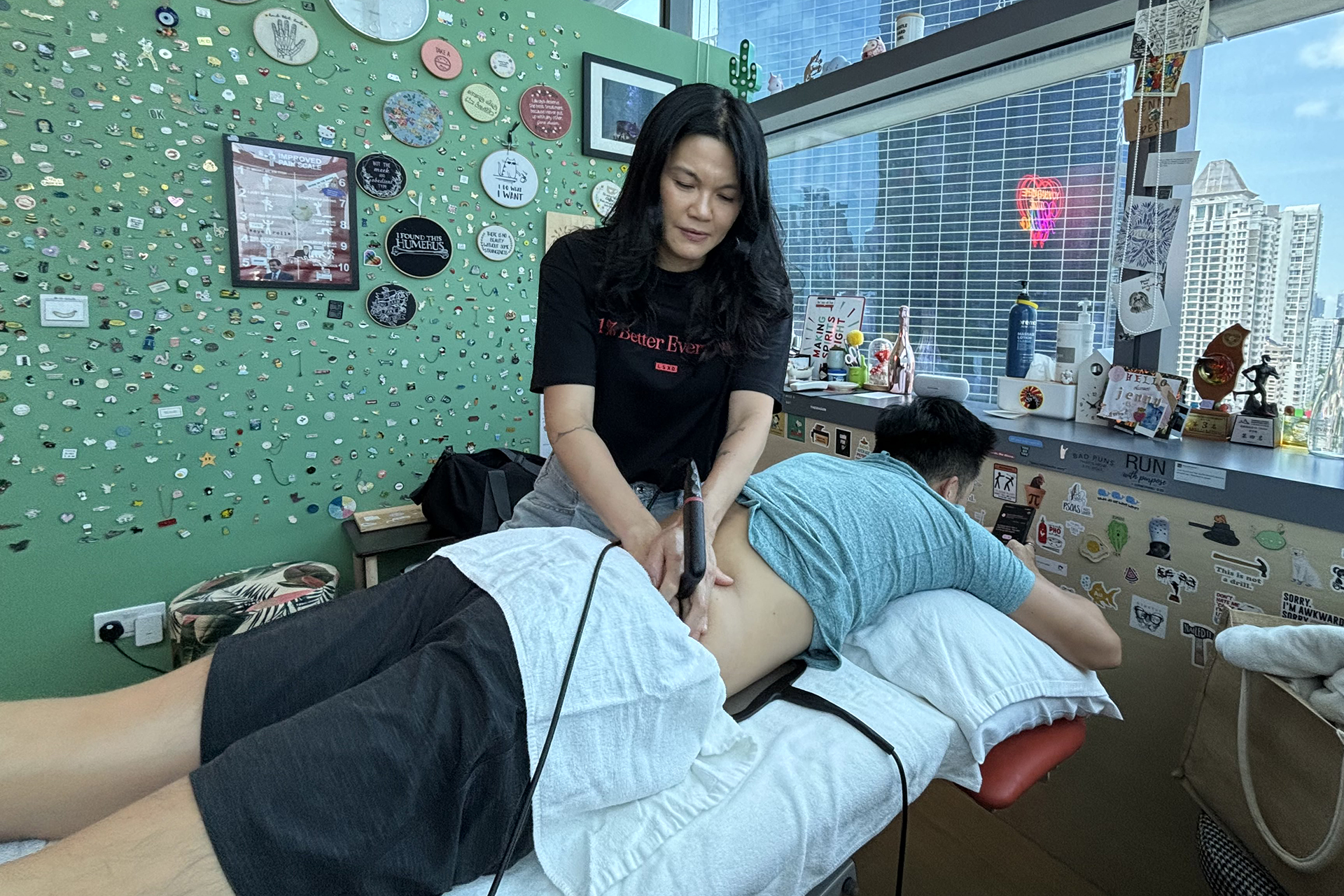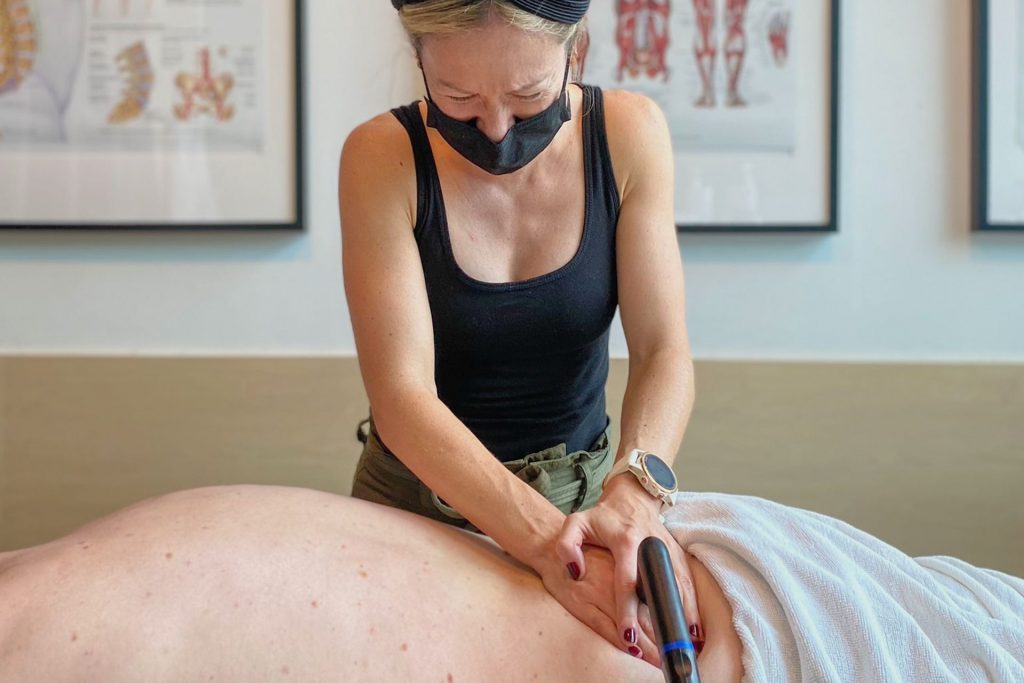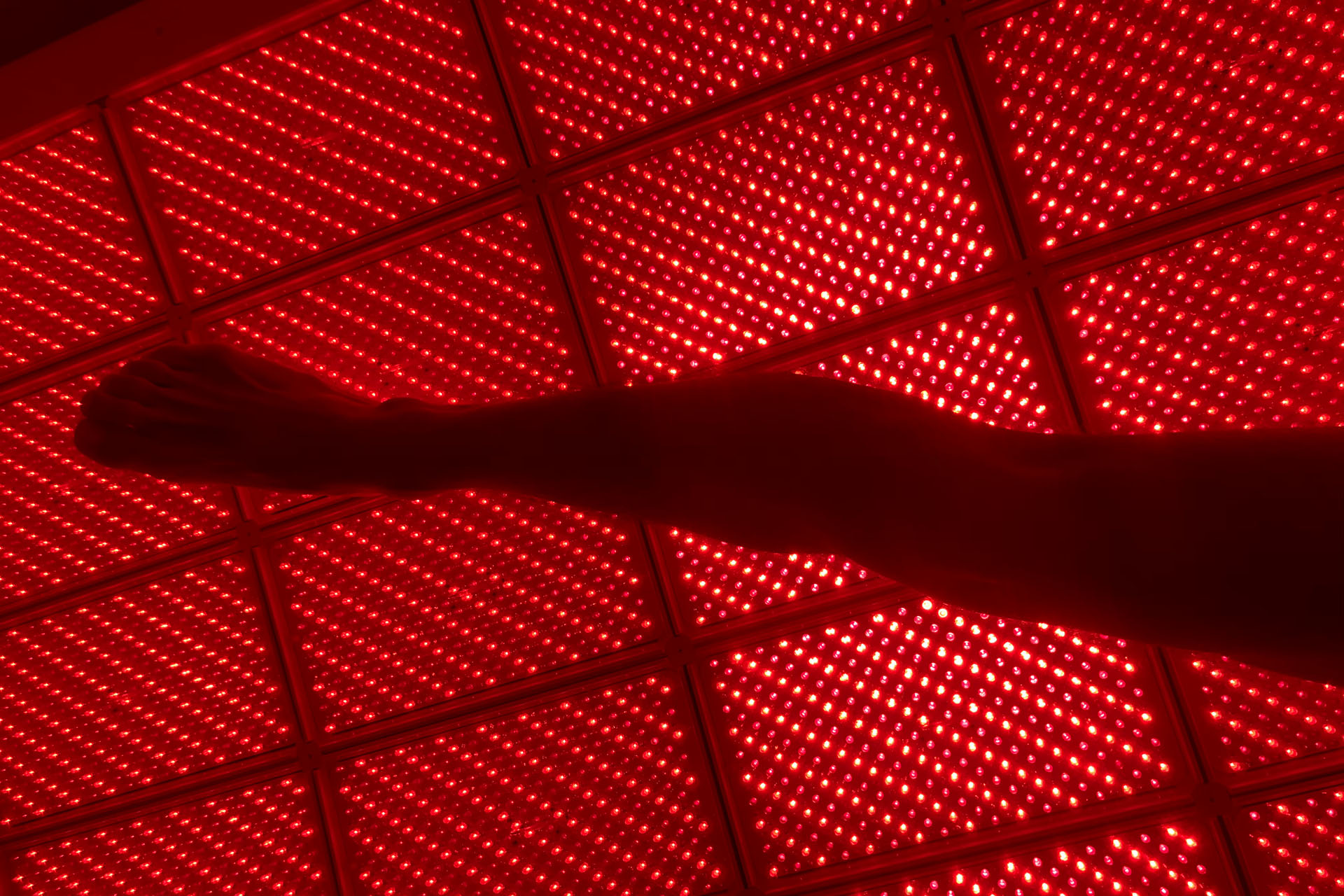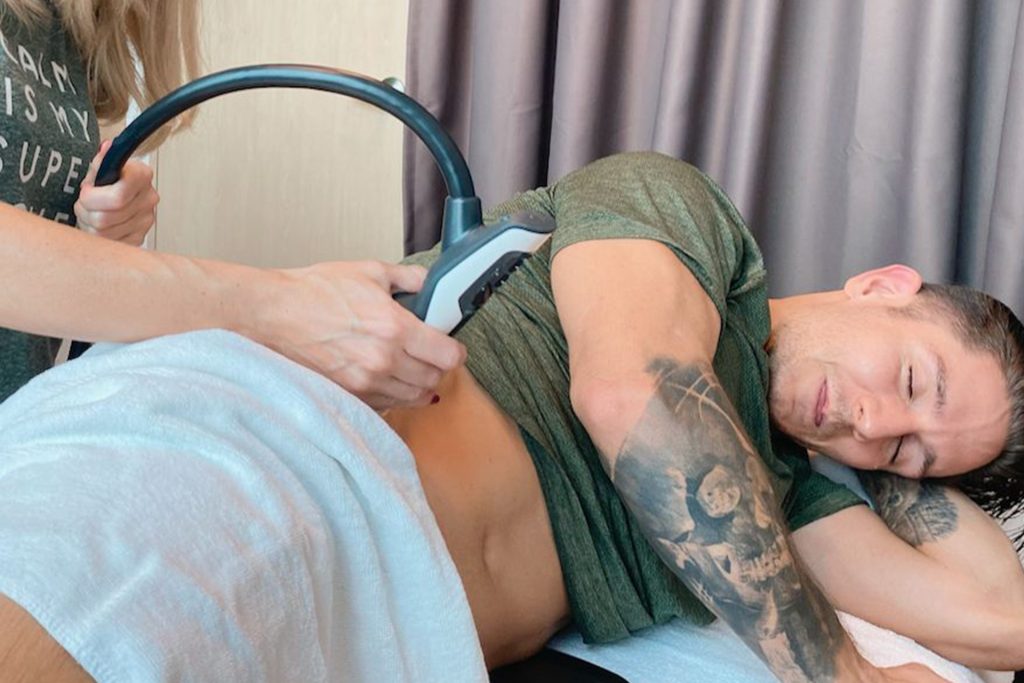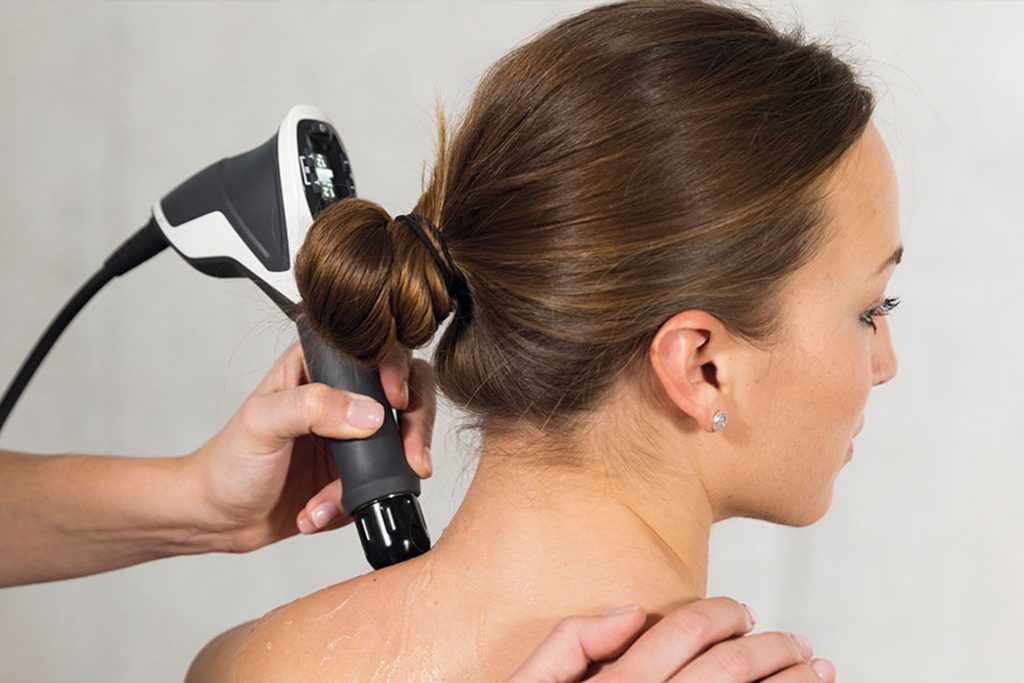|
Getting your Trinity Audio player ready...
|
A recurring source of chronic pain and movement limitations for many people lies in their bodies’ fascial system, a system of connective tissue that supports the muscles, nerves and organs. Unsurprisingly, this pain can hamper the quality of life as daily tasks become harrowing ordeals. However, this does not mean that if your fascial system is causing you pain, you have to grin and bear it with no hope for intervention.
Myofascial release, a specialized form of manual therapy, has emerged as a highly effective treatment for alleviating pain, restoring mobility and enhancing overall well-being. At HelloPhysio in Singapore, we combine expertise and advanced techniques to deliver the best in myofascial release therapy.
What Is Myofascial Release?
Myofascial release involves gentle, sustained pressure applied to restricted areas to improve circulation, release tension and restore the fascia’s natural elasticity. The fascia is a web-like connective tissue structure surrounding muscles and other soft tissues that can cause the fascia to tighten, leading to pain and reduced mobility.
Myofascial release targets restrictions within the fascia that can develop over time due to factors like poor posture, stress, injuries, or overuse.
If you’ve searched for “myofascial release near me,” you’re likely seeking relief from conditions such as:
- Chronic neck, back, or shoulder pain
- Myofascial trigger points (knots)
- Restricted joint movement
- Post-surgical adhesions
- Sports-related injuries
Myofascial Release vs Deep Tissue Massage: What’s the Difference?
It’s common to confuse myofascial release with deep tissue massage, as both aim to relieve tension and pain. However, they differ in technique and purpose.
Myofascial Release focuses on the fascia using light, sustained pressure to release restrictions and improve tissue health. It’s particularly beneficial for chronic conditions and areas of pain resistant to traditional therapies.
Deep Tissue Massage, on the other hand, targets deeper layers of muscle with firmer pressure, aiming to reduce muscle tension and improve blood flow. This is often used for general muscle tightness or post-exercise recovery.
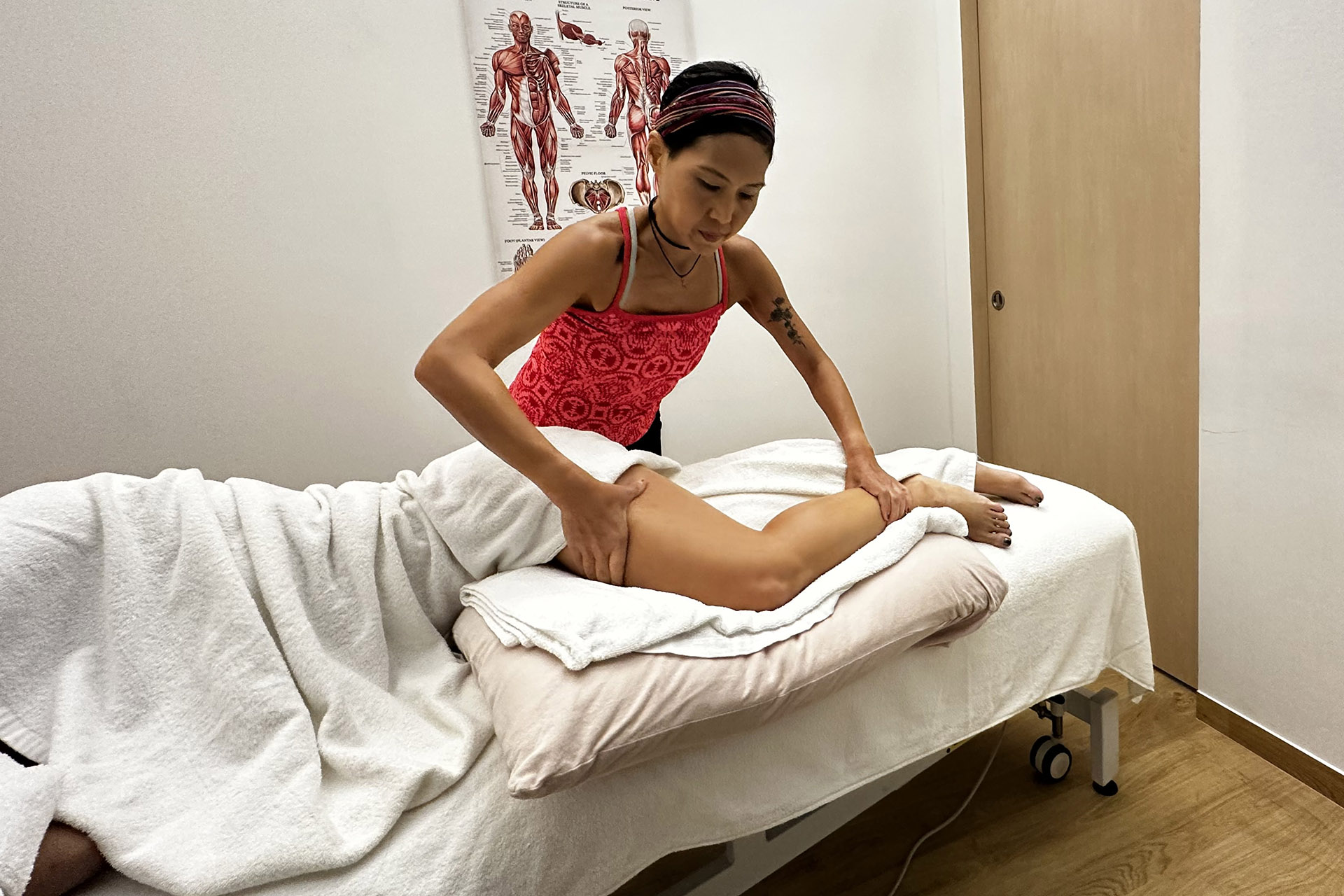
Understanding the distinctions between myofascial release and deep tissue will help you choose the most suitable treatment based on your needs.
Comprehensive Benefits of Myofascial Release
The advantages of myofascial release extend far beyond simply alleviating pain. Regular myofascial release sessions can improve posture, alignment, flexibility and range of motion. It also significantly reduces stress and tension, supports recovery from injuries or surgeries, and prevents future musculoskeletal issues. By addressing the underlying causes of pain and dysfunction, myofascial release empowers patients to achieve long-lasting relief and an overall improved quality of life.
How Does Dry Needling Enhance Myofascial Release?
Dry needling is a highly effective technique often integrated with myofascial release to target pain and movement limitations caused by myofascial trigger points. Trigger points are hyper-irritable knots within the muscle that can cause localized pain and refer discomfort to other areas.
Using fine, sterile needles, dry needling precisely targets and penetrates myofascial trigger points, inducing a localized twitch response that helps relax the muscle and restore normal function. When integrated with myofascial release, dry needling significantly enhances the treatment’s effectiveness by reducing muscle tightness, alleviating pain associated with trigger points, and improving the overall range of motion.
Patients often experience significant relief after incorporating dry needling into their myofascial release therapy sessions.

What to Expect After Myofascial Release
Following a myofascial release session, it’s normal to feel some temporary soreness, particularly if the treatment addressed deeply restricted areas. This is a positive sign that the therapy releases tension and promotes healing. Most patients also report immediate improvements in mobility and a sense of lightness or relaxation. Post-session care may include gentle stretches, hydration, and rest to optimize the benefits of the myofascial release session.
Is Soreness After Myofascial Release Normal?
A common concern among patients is feeling sore after myofascial release. While this soreness is temporary, it reflects the body’s response to releasing tension and increased circulation in treated areas. Hydration, gentle movement and following your physiotherapist’s recommendations can help minimize discomfort and accelerate recovery.
Myofascial Release in Singapore
At HelloPhysio, we offer tailored treatment plans based on each patient’s unique needs. Whether you’re recovering from an injury or managing chronic pain, our approach to myofascial release ensures optimal results.
If you’re unsure whether myofascial release is right for you, a consultation with the experienced physiotherapists at HelloPhysio can help determine your most effective treatment plan.

